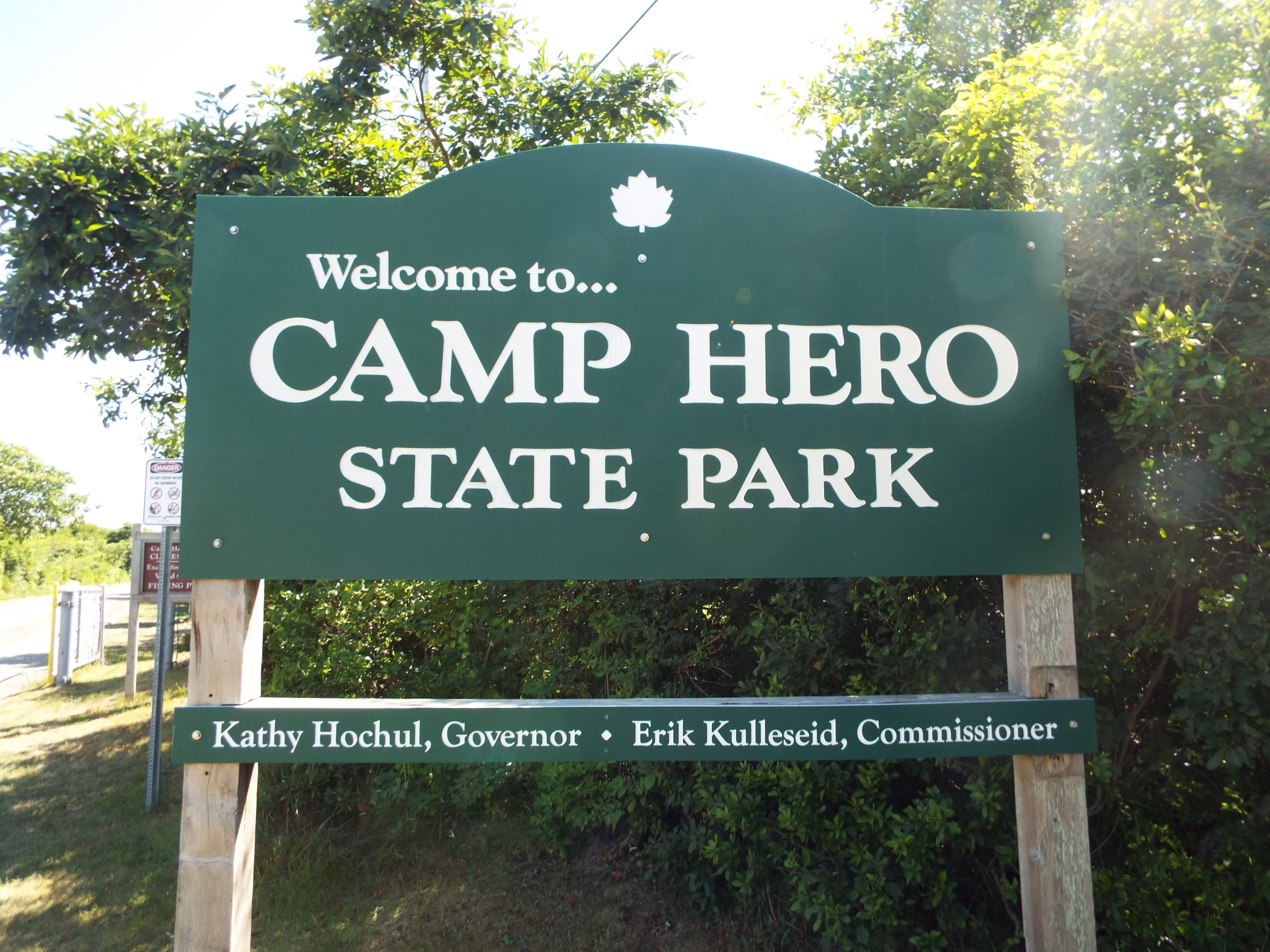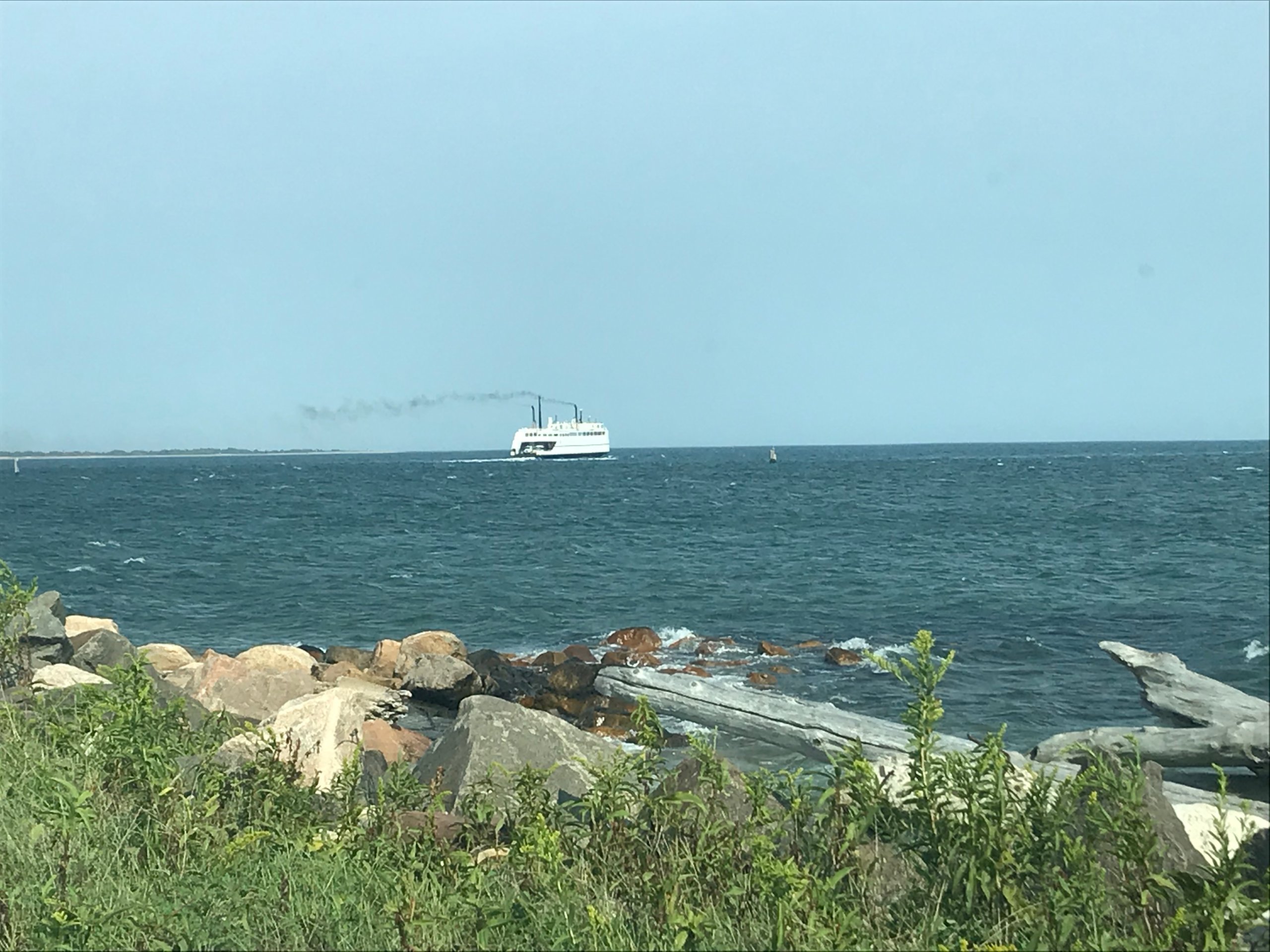100 Years, 10 State Parks, 1 Earth: Visit an East End Park for Earth Day

The year 2024 marks a special anniversary for New York, and Earth Day marks the perfect day to celebrate. It has been 100 years since the creation of a statewide system to open parks that preserve the natural beauty of the Empire State; born as the State Council of Parks in 1924, the concept evolved into today’s New York State Office of Parks, Recreation and Historic Preservation (OPRHP), which acts as steward to more than 250 forests, beaches and other wildlife preserves.
In honor of its centennial, the OPRHP has kicked off its Next Century Campaign, through the Natural Heritage Trust, to attract new one-time and monthly donors to support the protection and revitalization of public parks in New York State. Alternatively, purchasing the Empire Pass remains a great way to support the parks system. Available at shop.parks.ny.gov for $80, the 2024 passes grant free entry to New York State parks until the end of the year. Purchasable as a physical or digital card, each pass is sharable among members of the same household.
This Earth Day, April 22, explore this one magnificent planet we call home by visiting one of the 10 New York State parks on the East End. Each park offers unique flora and fauna, trails and amenities, and a special place in the 100-year history of the OPRHP.

Visit a New York State Park
Montauk Point State Park (1924): Easily the most recognizable of New York’s state parks on the East End, thanks to the iconic Montauk Lighthouse at 2000 Montauk Highway, Montauk Point offers near-endless ocean views from the 862-acre park’s high-up cliffs and rocky shore below. Though the lighthouse was famously commissioned by President George Washington in 1792, Montauk Point State Park didn’t exist until 1924. Beyond the historical component, the park offers trails for hiking and horseback riding, beach access for paddleboarding and surf fishing, playgrounds, food concessions and seasonal hunting. A max of two pets can accompany dog walkers if leashed.
Hither Hills State Park (1924): At one point considered for a massive recreational complex comprising a casino, hotel, polo field and yacht access, the 1,755-acre parcel at 164 Old Montauk Highway, Montauk was instead sold to New York State to open Hither Hills State Park in 1924. The park today offers visitors a wide variety of activities to engage in, such as a maze of trails for hiking, biking and horseback riding (but no dogs); beach access for swimming, paddleboarding and fishing; picnic areas and fireplaces; playgrounds and playing fields; food concessions; campsites; winter hunting and skiing; and diverse woodlands filled with Russian olive, oak, shad and pine trees.
Wildwood State Park (1925): Founded at 790 Hulse Landing Road, Wading River in 1925, the 767-acre Wildwood State Park offers Long Island Sound beach access for swimming, paddleboarding and fishing; playgrounds and picnic tables; hiking and biking trails; wheelchair-accessible campsites and food; and a seasonal archery hunting area. Sadly, no pets allowed.
Orient Beach State Park (1929): Mirroring the South Fork, the North Fork’s eastern-most tip is also home to a New York State Park at 40000 Main Road, Orient. Established in 1929, Orient Beach State Park boasts 363 acres of waterfront nature such as the saltwater marsh and maritime forest with red cedar, black-jack oak trees and prickly-pear cactus that garnered National Natural Landmark status for the park’s Long Beach. The Audubon Society, too, has noticed the park’s vibrant ecosystem, recognizing it as an Audubon Important Bird Area, home to great blue herons, black-crowned night herons, osprey and egrets. More of a true “park” than parents might expect, there are many family-friendly amenities for the kids to enjoy, including playgrounds and playing fields; a beach for swimming, surfing, kayaking and fishing; seasonal food concessions and barbecue grills; trails for biking and hiking (but no dogs); and pavilion/shelter rentals. And just recently, Orient Beach became a U.S. Lighthouse Society stamp location where visitors can view four lighthouses — Orient Point Lighthouse, Plum Island Lighthouse, Long Beach Bar Lighthouse and Cedar Island Lighthouse — and get their Lighthouse Passport stamped.
Napeague State Park (1978): One of two undeveloped state parks on the East End, Napeague was transferred from the Nature Conservancy to New York State way back in 1978. Its lack of infrastructure is due in part to the endangered piping plovers that nest on the beach there, though it would be understandable if the area’s fateful history. The wetlands that comprise much of its 1,364 acres are a result of the titanic waves that crashed upon the island during the Great Hurricane of 1938, and in 1961, Napeague played a tragic role in the American Airlines Flight 1502. Despite the area’s history, its 1.8-mile Napeague Loop trail has become a favorite among local hikers and dog walkers for its simple looping path with minimal incline — and among fishermen too. The trail entrance is tucked away on Lazy Point Road in Napeague.
Montauk Downs State Park (1980): When imagining what a state park looks like, most people wouldn’t picture a golf course, but that’s what they’ll find at Montauk Downs State Park. Conceived by ill-fated visionary Carl Fisher in 1927, the golf course was part of his plan to turn Montauk into the “Miami of the North,” until the stock market crash dashed any hopes of that happening. Though its location at 50 South Fairview Avenue, Montauk remains the same, the 18-hole, 6,976-yard golf course that New York purchased in 1980 would be unrecognizable to Fisher, having undergone a full redesign complete with original clubhouse in the 1960s. Montauk Downs consistently receives high praise from golf publications and websites ranking the best public/municipal courses in the country. Beyond the par-72 course, the park offers a driving range, restaurant, pro shop, showers, swimming pool and tennis courts. Check current rates at parks.ny.gov/golf/8/details.aspx.
Shadmoor State Park (2000): Like its better-known counterpart Camp Hero, Shadmoor State Park was part of the U.S. military’s Montauk costal defense system during World War II before joining the ranks of the New York State Parks in 2000. Located at 900 Montauk Highway, the 99-acre park boasts shadbush-laden trails for biking and hiking, elevated platforms for birdwatching, freshwater wetlands, rare specimens of the endangered sand plain gerardia plant, 2,4000 feet of ocean beach for fishing and picnicking, and off-season snowshoeing and skiing. There are no fees for entry or parking.
Camp Hero State Park (2002): After Camp Hero’s tenure as a coastal defense station for the U.S. Army in the 1940s, it was donated to the National Parks Service and subsequently passed off to the OPRHP in the 1980s. It wasn’t until 2002 that Camp Hero State Park opened to the public at 1898 Montauk Highway, Montauk. The park offers visitors 415 acres of heavily wooded areas, freshwater wetlands, maritime forests and extensive trails fit for hiking, biking and horseback riding, as well as beach access for fishing and surfing (but no swimming), and opportunities for winter sports. Two dogs max per car.
Amsterdam Beach State Park (2005): Jointly purchased by New York State, Suffolk County and East Hampton Town in 2005, the nearly 200 acres that make up Amsterdam Beach State Park have yet to be developed, which could explain why the park, which also goes by the names Amsterdam Beach Preserve and Montauk Moorlands, is absent from official state park listings. Its sole attraction is the 2.6-mile Amsterdam Beach Trail, which begins at 1929 Montauk Highway, Montauk heading south to a rocky beach before looping back to the trailhead. The trail is considered safe for hikers and runners wearing the proper tick and mosquito protection, but dog walkers should probably look elsewhere.
Hallock State Park Preserve (2005): Even those who have never set foot on this nature preserve should be thankful that it exists, because the land was once used for illegal sand mining, then considered for a nuclear power plant. Instead, New York purchased the property in 2002 and opened Jamesport State Park in 2005, later renaming it Hallock State Park Preserve. Today, the 225-acre preserve at 6062 Sound Avenue in Northville is popular among hikers and bird watchers, though not dog walkers since pets aren’t permitted. Hallock offers a mile of pristine Long Island Sound beachfront to those who follow the Yellow Trail markers, and it is one of the most active parks in the area, hosting weekly community beach cleanups and group walks. Upcoming Saturday events include an Earth Day Hike on April 20 at 9 a.m., an Arbor Day Tree ID Walk on April 27 at 9 a.m. and the NY State Parks Centennial Salute Open House on May 4 from 10 a.m.–3 p.m.



